
Xeo Quyt belongs to My Hiep commune and My Long commune, Cao Lanh district, Dong Thap province. It is a basement among residential place which is preserved formerly containing: underground house, store, secret tunnel…Visiting Xeo Quyt, tourists can view the scene of tough life in the defending America period.
Estimated 30km far from Cao Lanh central commune, Dong Thap province, following national highway 30, there is a cajuput forest which is planed, preserved to be a revolutionary relic. Xeo Quyt relic covers the field of 50ha, containing 20ha of cajuputs which are more than 30 years old. From 1960 to 1975, Kien Phong province (Dong Thap nowadays) chose this place to be the basement in defending America period.
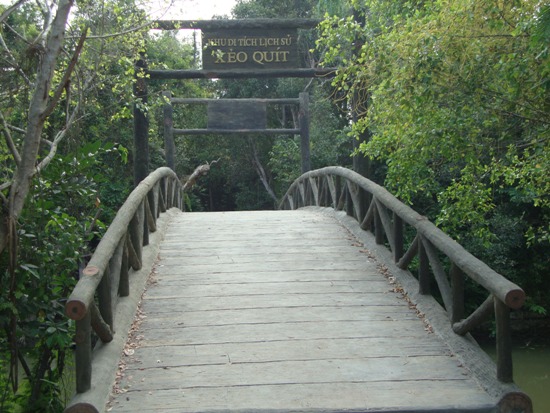
Similar to cajuput forests in Dong Thap Muoi, in upper U Minh, lower U Minh has closely associated with glorious establishment and defending history of the country, bringing the fascinated beauty to modern generations. Despites of not being very large, Xeo Quyt cajuput forest will remind visitors of famous vast cajuput forests in Dong Thap Muoi.
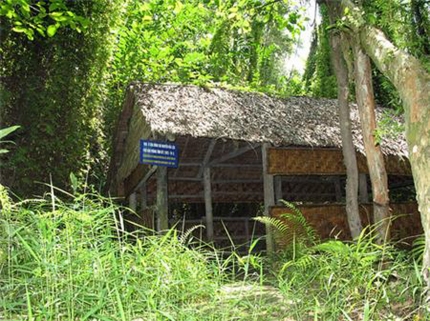
Travel to cajuput forest in flooding reason, guests will have a chance to contemplate the beauty of the relic which can only be felt totally by using hand to ride the sampan. The sampan brings visitors moving among the cajuput trunks which are wrapped by many layers of yellow and thin-like-cigarette-wrapping-paper covers; inhaling and exhaling the wet cold air that is good-smelling of flower, cajuput resin; listening to natural sounds in the quiet space. People must use the oars in the deep part, punt in the shallow part, and sometimes hold the trunks pushing the sampan toward.
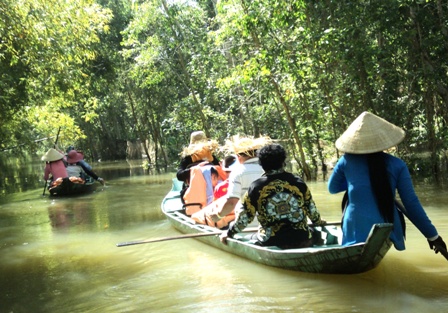
The forest likes a peaceful picture. Its special and different feature is that there is bong bong (bòng bong), a kind of pine tree, sticking crowdedly in the cajuput trunks, increasing the under covered area. There are melodic sounds of birds, sounds of the fishes turning in water and excited yells of visitors. The nature is fully energetic.
Nowadays, Xeo Quyt relic has been restored aiming to reshow some constructions, demonstrating the historic and cultural values of Dong Thap people in the war period to educate the young generations about revolution traditions.
Translated by Hoang Nhat Minh
Source: NTO

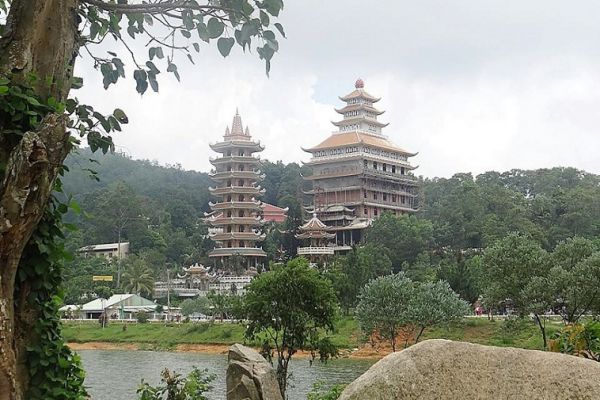
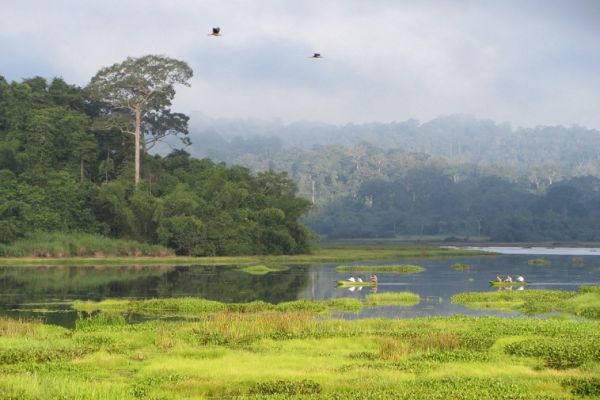


 Tags:
Tags: 